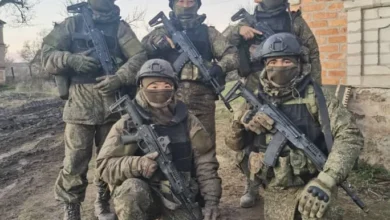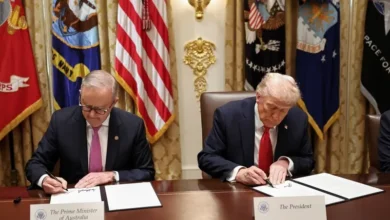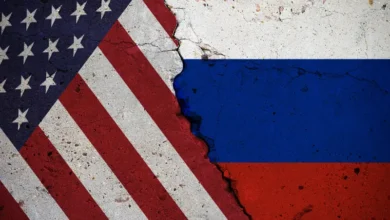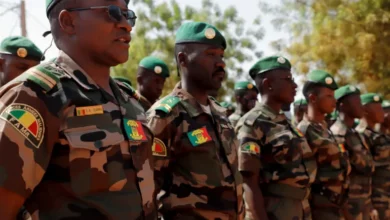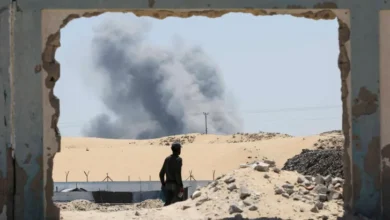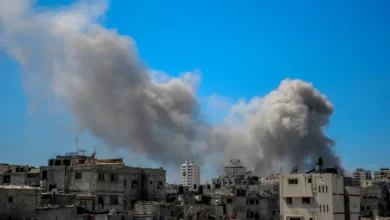Ukraine attacks Russia’s Kursk region, hopes F-16s boost counteroffensive
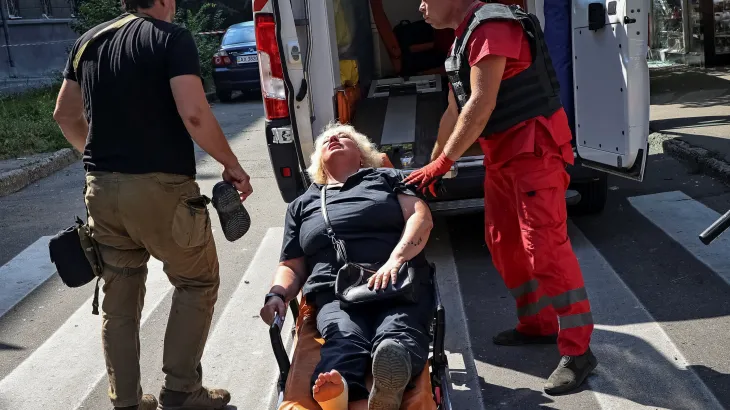
Ukraine continued its gradual rearguard action during the past week, ceding ground in feet and inches to preserve the lives of its soldiers while managing to prevent a Russian breakthrough anywhere along its front line.
Meanwhile, it began to receive its first F-16 fighter jets from Western allies, a new weapon that could help turn the balance of power in the skies, which is key to developments on the ground.
It also continued to build an estimated 15 new battalions it is counting on to one day mount a counteroffensive that will roll back Russian conquests.
The fighting was fiercest in central Donetsk, the eastern province that has seen many of the bloodiest battles of this war.
Ukrainian President Volodymyr Zelenskyy said Pokrovsk was the focus of Russian efforts on August 1.
“Pokrovsk, I would say for today, this is a priority for them … the largest number of personnel, the largest number of weapons and [glide bombs], everything they have, they are centring today in the Pokrovsky direction,” Zelenskyy was quoted as saying by Suspilne, Ukraine’s public broadcaster.
Pokrovsk lies 20km (12.4 miles) off the tip of a salient that Russian forces have created west of Avdiivka since seizing it in February.
In the intervening six months, they have advanced 26km (16 miles).
But Russia has obfuscated the direction from which the main thrust for Sloviansk and Kramatorsk would come, prioritising different fronts at different times.
For example, Ukraine’s general staff said on Friday that Russian attacks were increasing in Toretsk, a front-line city 50km (30 miles) east of Pokrovsk. That intensity grew by Sunday when the general staff said Toretsk was absorbing 80 percent of Russian attacks.
The battle for Chasiv Yar
About 50km (30 miles) northeast of Pokrovsk, another fierce battle raged.
Russian forces began to advance through Chasiv Yar, a high ground Ukrainians have defended stoutly to delay another Russian offensive to break through to Sloviansk and Kramatorsk.
Geolocated footage on Friday showed that Russian forces had crossed the Siversky Donets-Donbas canal, a key defensive feature that had held them at bay for months.
